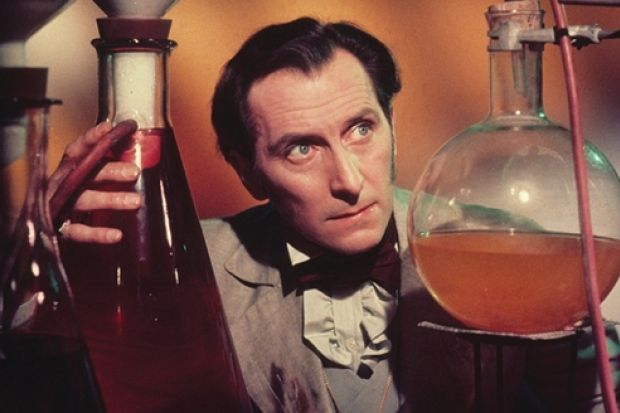The role of the professor has changed from that of the traditional all-rounder engaged in teaching, research and management to a more specialised position in which many are expected to provide forms of "intellectual leadership" for which they are not trained.
Speaking last week at a seminar organised by the Society for Research into Higher Education, Steve Rayner, professor of education at Oxford Brookes University, described moving from a job as a head teacher into higher education.
He soon began to hear about "the professoriate, a shadowy group who meet from time to time and wield untold power. But I never really discovered where they were and what they did.
"Even when I was promoted and started to think, 'Now I'm a professor, what am I supposed to do?' I could find few answers."
While many aspects of professors' lives, not to mention salary scales, remain mysterious, Professor Rayner said that a particularly notable gap was "the subject of the professor as leader".
This argument was developed by Bruce Macfarlane, associate professor for higher education at the University of Hong Kong.
The title of "professor", he argued, was seen "not just as a career grade but as requiring a leadership role. Yet far more has been written about leadership for deans, heads of department and vice-chancellors than for professors."
While it is clear that becoming a professor requires a strong record as a researcher, it is far less obvious what being a professor involves.
Professor Macfarlane said that the role of the classic, all-round professor who combines teaching and research with service as head of department, is being "unbundled".
Instead, the new "default model" is "the research professor" with limited teaching and administrative responsibilities.
There is also evidence of the growth of the "star professor", who is often headhunted by ambitious institutions internationally; the "part-time practice professor" in fields such as medicine, architecture and business; and the "managerial professor", who is no longer research-active and acts mainly as a "senior academic leader".
From another point of view, said Professor Macfarlane, promotion to a professorship marks a transition from individual achievement to a more social role.
Early career academics require the freedom to act as advocates or critics of "ideas, concepts, theories and paradigms". Professors are more constrained by the need to "give something back", whether as mentors, enablers, ambassadors for their institutions or guardians of academic standards.
They also need to move beyond mere knowledge production to intellectual leadership, he suggested.
While some will focus on their duty to society by becoming "academic citizens" or public intellectuals, keen to promote wider understanding of their subject, others cross disciplinary frontiers and forge new connections as "boundary transgressors".
It is the variety of possible paths for today's professors that make the job so challenging, Professor Macfarlane suggested.
He argued that courses specifically designed to "induct professors" could be useful in making clear the expectations of the role, but warned that it was also vital to "resist pressures that define the role too narrowly".
